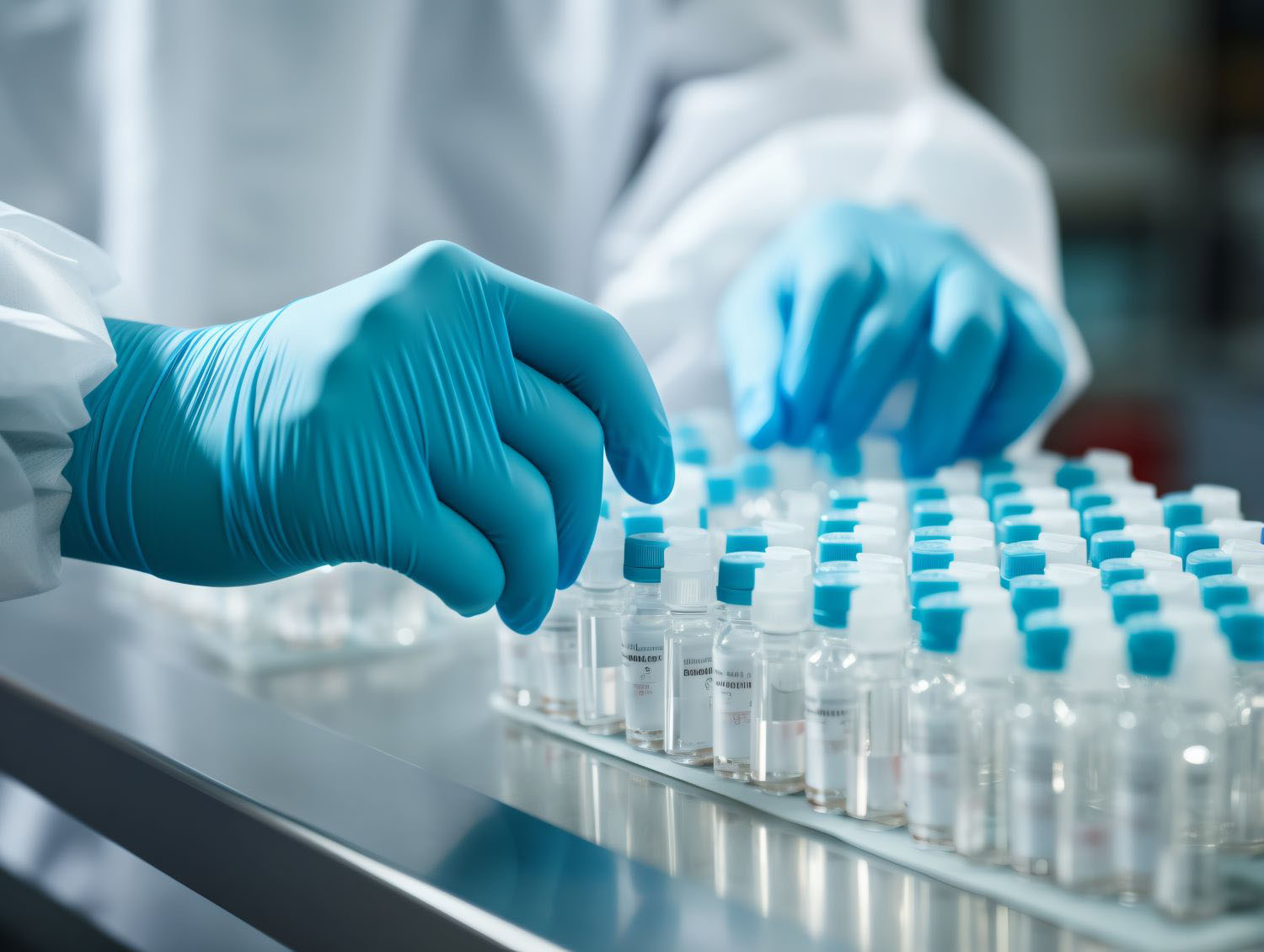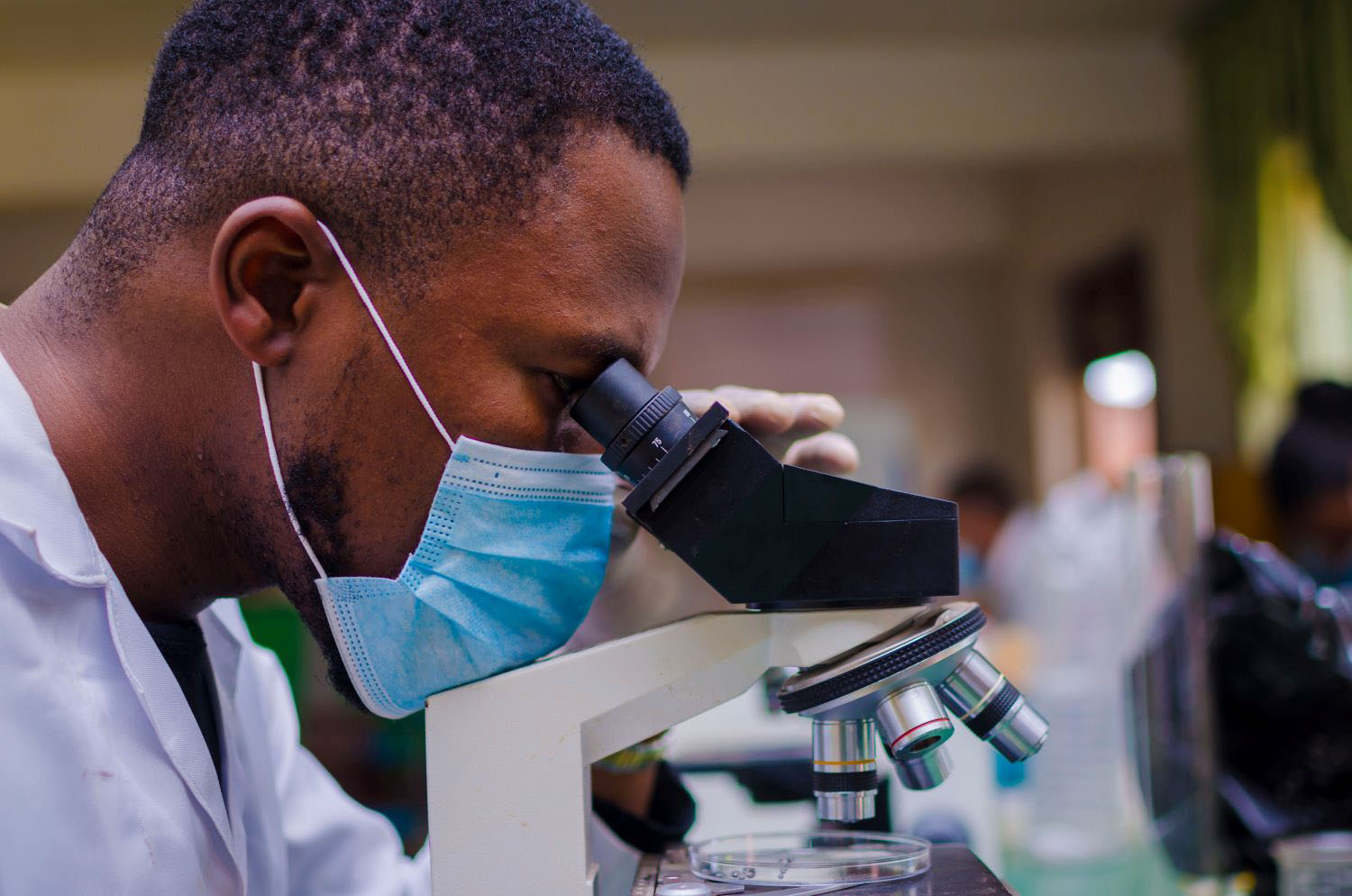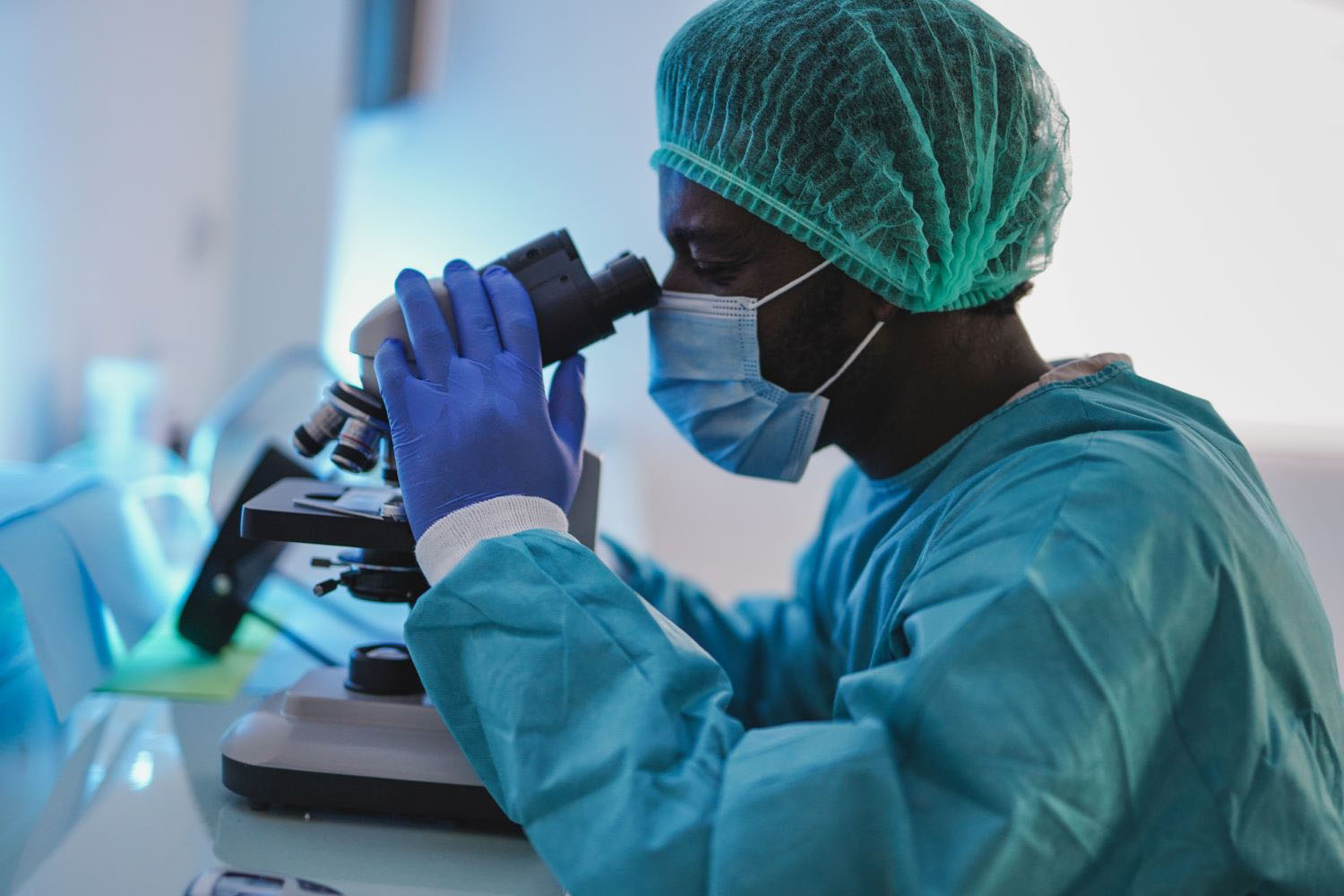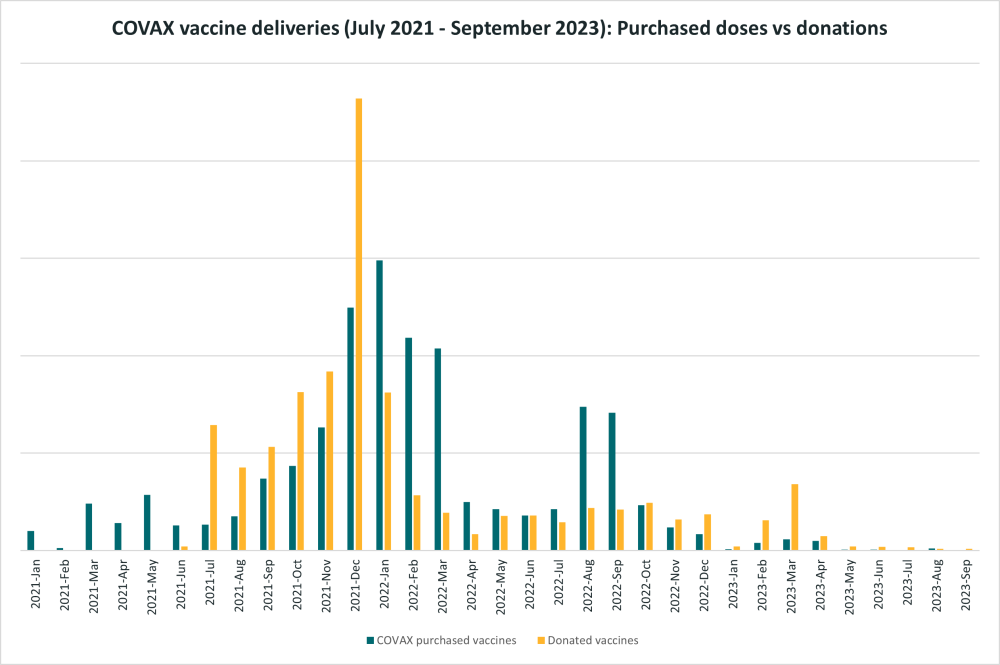Recommended
In the aftermath of the COVID-19 pandemic, Gavi faces an unprecedented situation. Billions of dollars that it raised back in 2022 for COVAX—the global effort to provide COVID-19 vaccines to lower-income countries—remain unspent.
These resources are substantial, exceeding the entire annual budget of the World Health Organization (WHO) and are three times the amount allocated to the World Bank-managed Pandemic Fund. However, there is a lack of clarity about how much remains unspent and a lack of transparency regarding the decision-making process and trade-offs associated with different options to spend this money.
As Gavi’s board prepares to confront the question of what to do with this leftover money at their upcoming meeting in Accra this week, we review how Gavi ended up with billions in unused COVAX funds and assess what is—and is not—known about exactly how much is left over. We then assess potential implications of these significant decisions facing Gavi’s donors within an already competitive and fragmented global health and pandemic response landscape. This blog builds on reporting by one of the authors (Ann Danaiya Usher) in Development Today and The Lancet over the past year.
How did Gavi end up with billions in unused funding?
In early 2022, Gavi launched a third replenishment for COVAX, asking donors for USD 5.2 billion to “Break Covid Now.” Gavi’s investment case stated that the pandemic was at an “inflection point” and warned that increased demand for boosters in high-income countries would create renewed pressure on global supplies. Gavi stated that it had secured access to 2.8 billion doses for supply by mid-2022 and wanted to be able to purchase 600 million more doses to be on the safe side.
In April 2022, Gavi announced it had mobilised USD 4.8 billion in new commitments for COVAX, including USD 1.7 billion in donor grants, mainly from Japan, Germany, and Canada, and USD 2.1 billion in loans from the US Development Finance Corporation (US DFC) and the European Investment Bank (EIB).
However, Gavi’s prognosis did not materialize, as demand for vaccines declined and COVAX shipments dropped dramatically (see figure). Concurrently, as Gavi distributed donated vaccines, the need for purchased doses was far lower than forecasted demand. Gavi negotiated with vaccine manufacturers to amend agreements, freeing up USD 1.9 billion, according to Gavi.
Source: UNICEF – COVID-19 Market Dashboard
A combination of factors left Gavi with access to billions in unspent dollars: additional financing driven by donor concerns over vaccine inequity; the availability of donated doses from high-income countries; diminished demand for vaccines from lower-income countries; and successful contract renegotiations with manufacturers.
Exactly how much money is left over?
The existence of unused funds is eminently understandable given the high risks that Gavi had to take during a once-in-a-century global pandemic. Indeed, a key lesson from the pandemic is the need for greater agility and resourcing to enable earlier “at risk” purchasing during a health emergency, including of products still in development.
However, the details underlying how much remains unspent are not apparent in public documentation; and it is also unclear to external observers if there has been significant discussion, including among Gavi’s board, about how to rationalize and prioritize across different options for repurposing these funds. This lack of transparency surrounding the leftover money proves problematic.
The figure confirmed by Gavi is USD 2.7 billion in unspent donor grant money. The Gavi board approved the use of USD 836 million of this amount for the purchase of COVID-19 vaccines in December 2022, and an additional USD 813 million for integrating COVID-19 vaccines into Gavi’s regular programming in June 2023. That leaves about USD one billion leftover.
Unspent donor grant funds could, however, far exceed the reported USD 2.7 billion for multiple reasons.
First, given extremely low demand for COVID-19 vaccines, it is likely that most of the USD 1.65 billion reserved for vaccines up to 2025 will not be needed. Second, Gavi documents show that income from investments of donor grants could amount to almost USD 500 million by 2025. On top of this, Gavi continues to negotiate with pharmaceutical companies to extricate itself from vaccine purchase agreements, which if successful, could increase the total pot of unspent funds. For example, one report suggests that if Gavi wins against Novavax, the firm would have to return USD 700 million to Gavi.
And there is more.
The USD 2.1 billion committed at the spring 2022 replenishment by the two development finance institutions—US DFC and EIB—were never drawn on. This money, which was intended to provide surge financing for COVID-19 vaccines to bridge the gap between donor commitments and actual disbursements, represented a laudable effort to address the fatal lag time experienced by Gavi back in 2020 when COVAX lacked the cash to make deals.
But by the time the DFI money became available, it was no longer needed. In December 2022, EIB decided that it would allow EUR one billion earmarked for COVAX to be used for “Gavi’s core business of immunisation campaigns and health strengthening activities.” DFC announced in September 2023 its intent to “extend the use” of the USD one billion originally committed to COVAX for Gavi’s regular programming and specified that the money could also be used to purchase “vaccines for potential outbreaks.”
What are the implications for the broader global health and pandemic response landscape?
The Gavi Secretariat has proposed several options to repurpose the unspent funds for Gavi’s own programmes, including: 1) catching up on routine immunization and reaching zero-dose children; 2) financing Gavi’s proposed African Vaccine Manufacturing Accelerator (see CGD commentary here and here); and 3) developing a “day-zero” financing mechanism for vaccines in preparation for the next pandemic. The Gavi board instructed the Secretariat to flesh out these proposals for further discussion at the December board meeting.
But deciding how to reallocate these funds is far from straightforward. And there is little precedent for this in the global health landscape. Still, the rationale for prioritization across these options will have several important implications for broader pandemic response efforts going forward. And donors should hold Gavi accountable to steward these resources well, with due consideration to the most effective use of these funds.
For instance, Gavi’s third proposal for spending the leftover money refers to a day-zero fund for vaccines, a “prototypic funding mechanism” that could serve as a “model for other countermeasures.” There are compelling arguments for having upfront resources available at the start of the pandemic. But limiting such a mechanism to vaccines would hinder access to a range of countermeasures that may be more effective in a future pandemic. A day-zero fund just for vaccines would lead to greater fragmentation in the pandemic financing architecture and potentially result in the same vaccine bias that plagued the Access to COVID Tools Accelerator or ACT-A.
The need for a more inclusive, transparent process to determine how to repurpose these funds is also critical. First and foremost, this discussion should be widened to include governments, regional bodies, and civil society in lower-income countries which had little say in the conception and design of COVAX. It is hard to imagine that decisions about the repurposing of so much pandemic money can take place without them. There is also an argument for involving WHO, the Coalition for Epidemic Preparedness Innovations (CEPI), and UNICEF—entities that co-led COVAX and all play a critical role in pandemic response efforts in such discussions.
Ultimately, decisions must be based on what represents the most effective use of these resources for the broader global health landscape. And, importantly, Gavi’s ability to hedge bets must be strengthened—not constrained—to secure a sufficient, timely supply of vaccines when the next pandemic strikes. But to do that requires broader alignment on what risk-taking entails in practice, specific thresholds for risk tolerance, and who should bear it.
What’s next?
As donors deliberate in Accra this week, the ramifications of their decisions can hardly be overstated. The fact that a global mechanism, such as Gavi, that had to take on significant risks during an unprecedented pandemic, ended up with unused funds is eminently understandable. What is problematic, however, is the lack of transparency around how much money remains unspent and how these leftover funds should be reallocated. There is no easy answer and trade-offs must be considered. Still, the situation underscores the need for a more transparent process to consider such contingencies as part of an effective response to a global health emergency now and in the future.
Disclaimer
CGD blog posts reflect the views of the authors, drawing on prior research and experience in their areas of expertise. CGD is a nonpartisan, independent organization and does not take institutional positions.
Image credit for social media/web: RomanR / Adobe Stock









